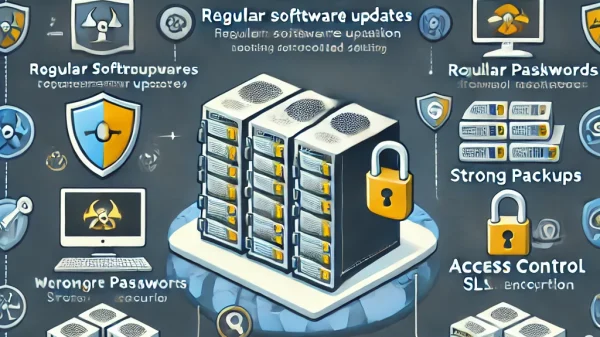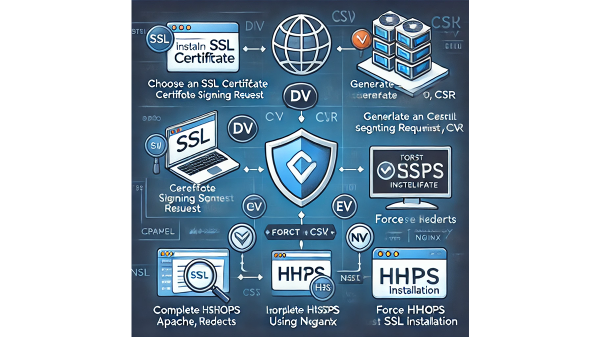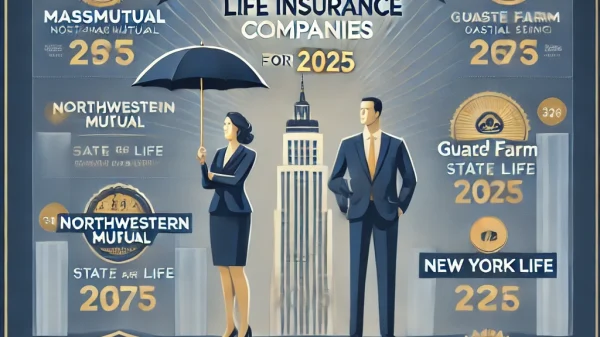Homeowners insurance is a crucial financial safety net that protects your home and belongings from unexpected disasters. However, many homeowners assume their policy covers everything, only to find out the hard way that certain damages and events are excluded. Understanding what’s covered—and what’s not—can help you avoid financial surprises and ensure you have the right level of protection.
In this article, we’ll break down the key components of homeowners insurance, common exclusions, and ways to enhance your coverage.
| Coverage Type | What’s Covered | What’s Not Covered |
|---|---|---|
| Dwelling Coverage | Damage to your home’s structure due to fire, windstorms, theft, and other covered perils. | Earthquakes, floods, and general wear and tear. |
| Other Structures | Detached garages, fences, sheds, and other structures on your property. | Wear and tear, termite damage, and neglect. |
| Personal Property | Furniture, electronics, clothing, and personal belongings damaged or stolen. | High-value items (unless extra coverage is purchased), floods, and pest damage. |
| Liability Protection | Legal expenses and medical costs if someone is injured on your property. | Injuries caused by intentional harm or business-related incidents. |
| Additional Living Expenses (ALE) | Hotel stays, meals, and temporary housing if your home becomes uninhabitable due to a covered event. | Repairs due to maintenance issues, floods, and earthquakes. |
What’s Covered Under a Standard Homeowners Insurance Policy?
1. Dwelling Coverage
Dwelling coverage protects the structure of your home, including the walls, roof, floors, built-in appliances, and attached structures (such as a garage or deck). If your home is damaged due to a covered peril, your insurance will pay for repairs or reconstruction.
Commonly Covered Perils Include:
✅ Fire and smoke damage
✅ Windstorms and hail
✅ Lightning strikes
✅ Theft and vandalism
✅ Explosions
✅ Falling objects (like tree branches)
✅ Damage from vehicles or aircraft
2. Other Structures Coverage
This coverage applies to structures not attached to your main house, such as:
🏡 Detached garages
🛠️ Sheds
🏊♂️ Fences and swimming pools
If these structures are damaged due to a covered peril, your insurance will pay for repairs or replacements.
3. Personal Property Coverage
This protects your belongings inside and outside your home. If your furniture, electronics, clothing, or other valuables are damaged, destroyed, or stolen, your policy will reimburse you (up to policy limits).
Covered Items Include:
✅ Furniture
✅ Clothing
✅ Electronics (TVs, laptops, gaming consoles)
✅ Jewelry (up to a limit, unless additional coverage is purchased)
✅ Appliances
💡 Pro Tip: High-value items (such as expensive jewelry, art, or collectibles) may require additional coverage through a policy rider.
4. Liability Protection
Liability coverage protects you if someone is injured on your property and sues you. It covers:
🔹 Medical bills for injured guests
🔹 Legal fees if you’re sued
🔹 Property damage caused by you or a family member (e.g., if your child accidentally breaks a neighbor’s window)
This coverage typically starts at $100,000, but higher limits can be purchased for better protection.
5. Additional Living Expenses (ALE) Coverage
If your home becomes uninhabitable due to a covered disaster, ALE coverage pays for temporary living costs, such as:
🏨 Hotel stays
🍽️ Meals
🚗 Transportation
This ensures you have a place to stay while your home is being repaired or rebuilt.
What’s NOT Covered Under Standard Homeowners Insurance?
While homeowners insurance covers many risks, it doesn’t cover everything. Here are some common exclusions:
1. Flood Damage 🌊
Standard policies do not cover flooding from heavy rain, storm surges, or overflowing rivers. If you live in a flood-prone area, you’ll need a separate flood insurance policy through FEMA’s National Flood Insurance Program (NFIP) or a private insurer.
2. Earthquake & Sinkhole Damage 🌍
Most policies exclude damage from earthquakes, landslides, and sinkholes. If you live in an earthquake-prone region, consider adding earthquake insurance to your policy.
3. Normal Wear and Tear 🏚️
Insurance doesn’t cover general wear and tear, neglect, or lack of maintenance. If your roof is leaking due to age rather than storm damage, you’ll have to pay for repairs yourself.
4. Pest and Mold Damage 🐜
Damage caused by termites, rodents, or mold is typically not covered unless it’s a result of a covered peril (e.g., water damage from a burst pipe). Preventative maintenance is key to avoiding these issues.
5. Sewer Backup & Drain Issues 🚽
Sewage backups and drain problems are not usually included in standard policies, but optional water backup coverage can be added for extra protection.
6. Home-Based Business Losses 💼
If you run a business from home, business equipment, inventory, and liability are not covered under a standard policy. You’ll need business insurance to protect your work assets.
How to Customize Your Homeowners Insurance for Better Protection
If you want additional protection, you can enhance your policy with these optional add-ons:
✅ Flood Insurance – Essential for those in flood-prone areas.
✅ Earthquake Insurance – A must-have for regions with seismic activity.
✅ Sewer Backup Coverage – Covers damage from backed-up drains.
✅ Scheduled Personal Property Coverage – Covers high-value items like jewelry and art.
✅ Umbrella Liability Insurance – Provides extra liability coverage beyond standard limits.
Final Thoughts: Choosing the Right Coverage
Homeowners insurance is essential for protecting your home, belongings, and financial well-being. While standard policies cover many common risks, they don’t cover everything—so it’s important to review your policy carefully and consider additional coverage if needed.
Key Takeaways:
✔️ Homeowners insurance covers your dwelling, personal property, liability, and additional living expenses.
✔️ Floods, earthquakes, and general wear and tear are NOT covered under standard policies.
✔️ You can customize your coverage with add-ons like flood insurance, earthquake coverage, and umbrella liability insurance.
By understanding what’s covered and what’s not, you can make informed decisions and ensure your home is fully protected. 🏡🔒














